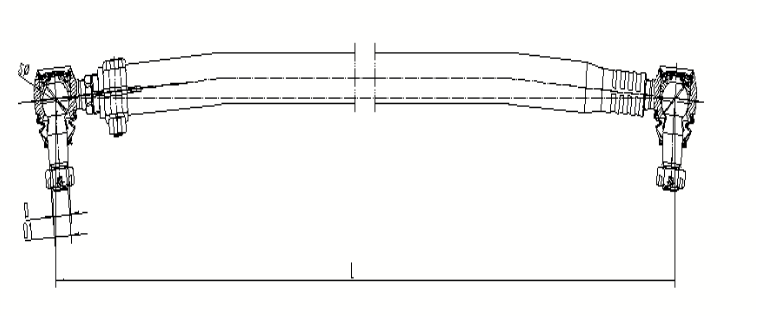
The steering tie rod is an important component within the automobile’s steering mechanism. It directly impacts the stability of vehicle control, operational safety, and the lifespan of the tires. Steering tie rods can be classified into two categories: direct tie rods and lateral tie rods. The direct tie rod is responsible for transmitting the motion of the steering arm to the steering knuckle arm. The lateral tie rod serves as the base of the steering trapezoidal mechanism and is a critical component that ensures the correct motion relationship between the left and right steering wheels. The direct tie rod connects the steering arm and the left steering knuckle arm in the steering gear, allowing the control of the wheels. The lateral tie rod connects the left and right steering arms, enabling synchronization of the two wheels and the adjustment of the front toe-in.
Automobile Steering Control System Components:
Materials: Constructed using high-quality steel to ensure strength and durability, achieving reliable performance and service life.
Safety: Manufactured according to IATF 16949 ISO 9001 standards to ensure safety and reliability.
Design: The rod body bending is precisely performed through an automatic tube bending machine, and the ball joint threads are meticulously designed to tightly match the tie rod threads.
Function: Transfers the steering input from the steering gear to the steering knuckle, achieving accurate and responsive steering. The tie rod connects the steering rack to the steering knuckle.
Load Capacity: Capable of withstanding high loads and forces, ensuring safe and reliable operation even in harsh driving conditions.
Lubrication: Utilizes high-quality lubricants specially designed for automobiles for pre-lubrication or selectable lubrication, achieving smooth and consistent motion, reducing wear, and extending the lifespan of the lateral tie rod ends.
Installation: Easy to install and securely connects with the steering system.